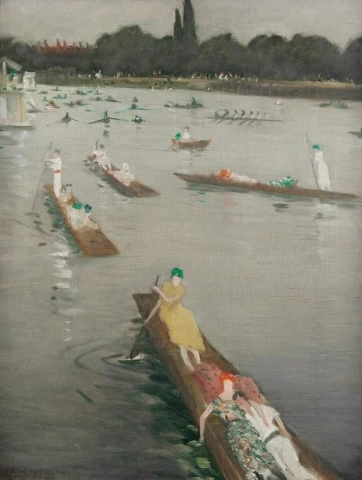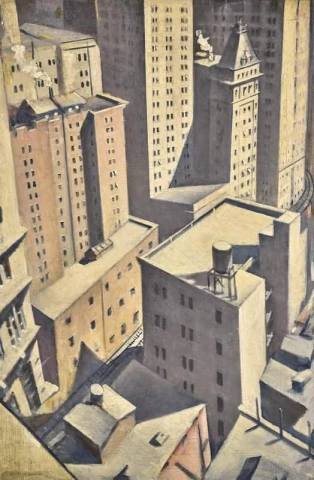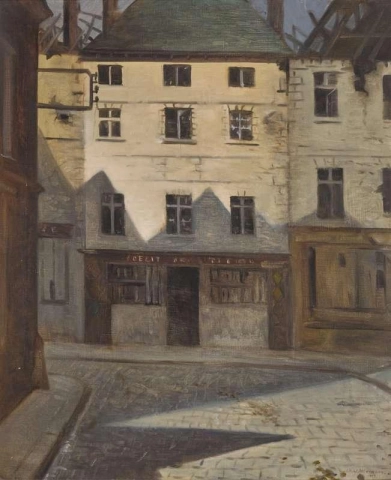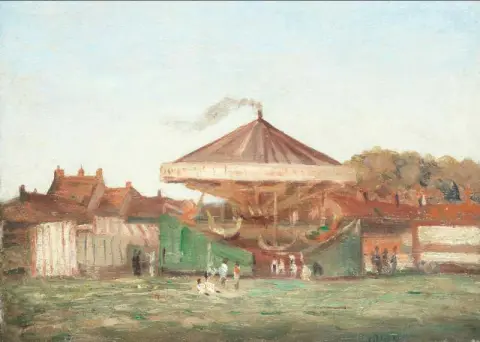Hand-painted painting reproductions - Artists - Nevinson
Imagine owning an original work of art by Nevinson, one of the greatest artists in history. At POD we offer you the opportunity to make this dream come true. We reproduce Nevinson's works down to the smallest detail, so you can enjoy them in your own home.
Our reproductions are made by experienced artists who use the best materials and techniques. We are dedicated to providing you with the highest quality works of art, which will bring joy and inspiration to your family for generations.
Christopher Richard Wynne Nevinson (1889–1946) was a British artist celebrated for his dynamic and often futuristic depictions of urban life, industry, and war. Nevinson played a significant role in the avant-garde art movements of the early 20th century, contributing to Vorticism and becoming one of the leading figures in British modernism.
Born in London, Nevinson was the son of the renowned war correspondent Henry Nevinson. He studied at the Slade School of Fine Art in London, where he initially developed a traditional academic style. However, his encounter with the Italian Futurist movement and the works of artists like Umberto Boccioni and Gino Severini during a trip to Paris in 1912 had a profound impact on him.
Embracing the dynamism and energy of Futurism, Nevinson became associated with the Vorticist movement, a British response to Futurism and Cubism. Vorticism, with its emphasis on geometric shapes and the portrayal of the modern, industrial world, found a vivid expression in Nevinson's paintings.
During World War I, Nevinson served as a war artist, capturing the harsh realities of the conflict. His war paintings, such as "La Mitrailleuse" and "Paths of Glory," are powerful depictions of the mechanized warfare and the toll it took on soldiers. Nevinson's experiences during the war deeply influenced his artistic style and subject matter.
After the war, Nevinson continued to explore themes of industry and urban life. He depicted scenes of cityscapes, factories, and transportation, often utilizing a sharp and angular style that reflected the influence of Cubism and Vorticism. Despite the early acclaim, Nevinson's career faced challenges as the art world shifted, and his later works were not as well-received as his earlier contributions.
In addition to painting, Nevinson was involved in writing and illustrating books. He also taught at the Royal College of Art in London during the 1930s. Despite the fluctuations in his critical reception, Christopher Nevinson's impact on the development of modern art in Britain remains significant. His bold and dynamic works continue to be studied and appreciated for their contribution to the visual language of early 20th-century modernism.






















